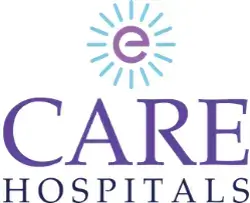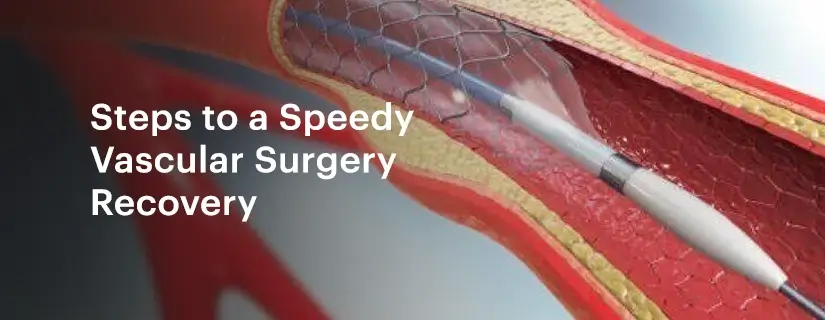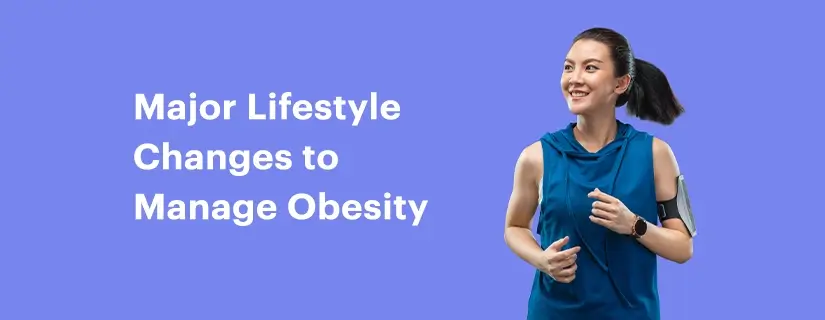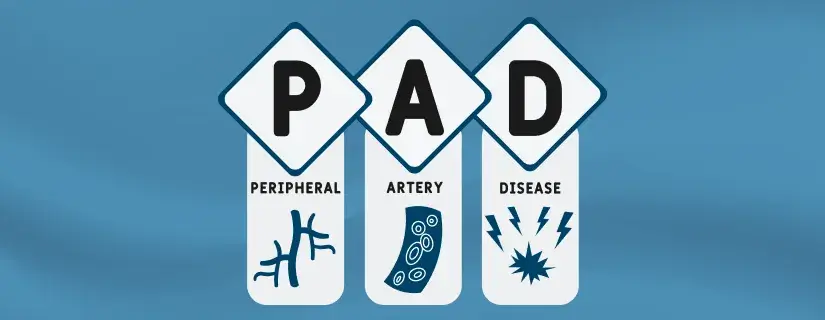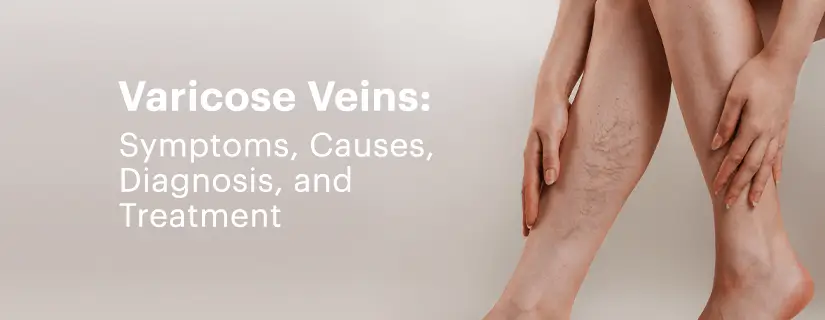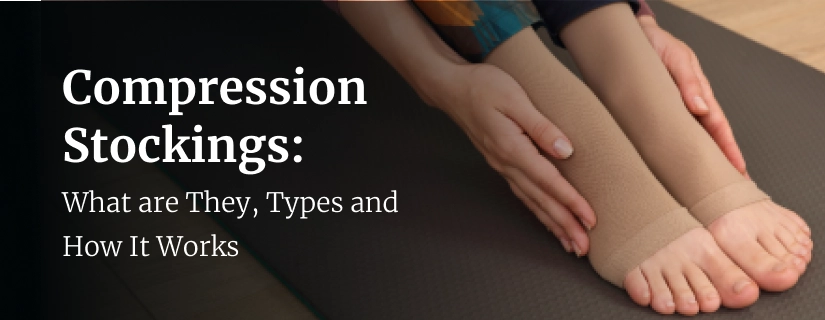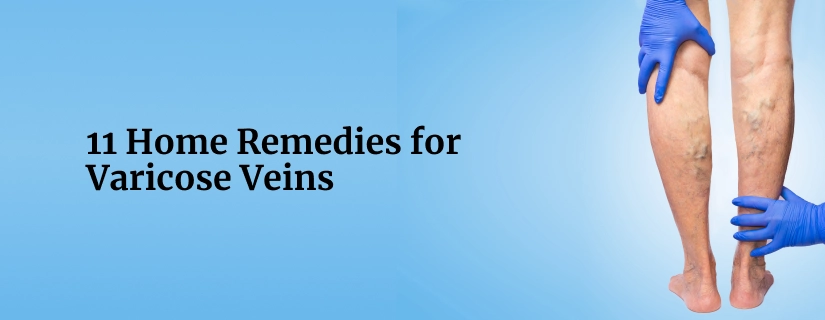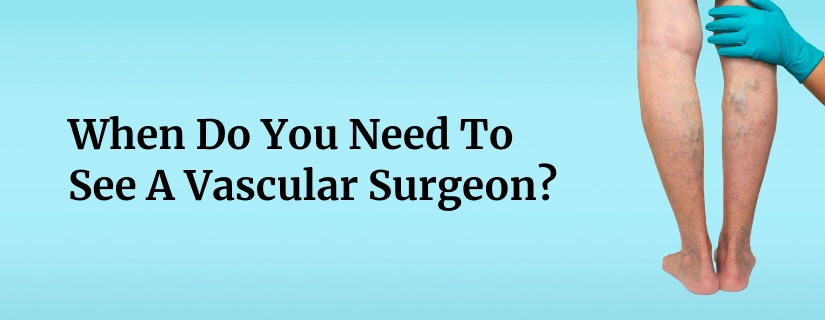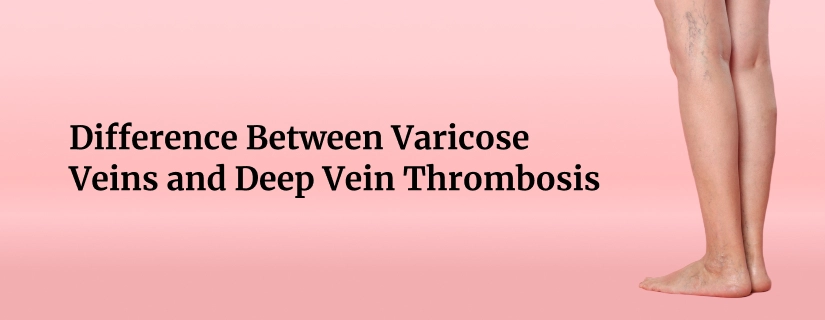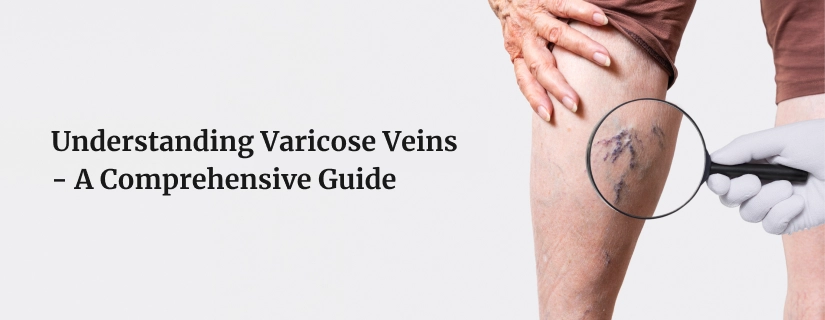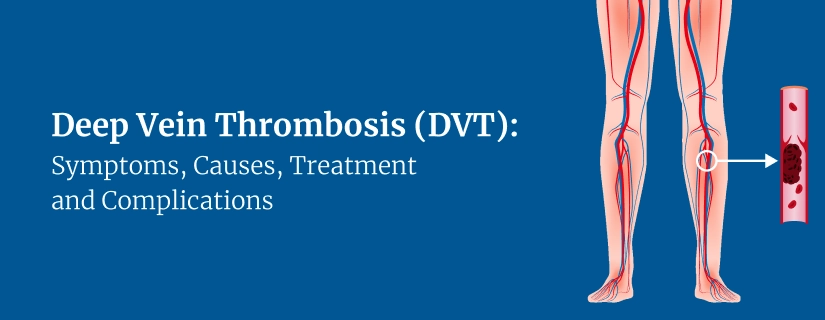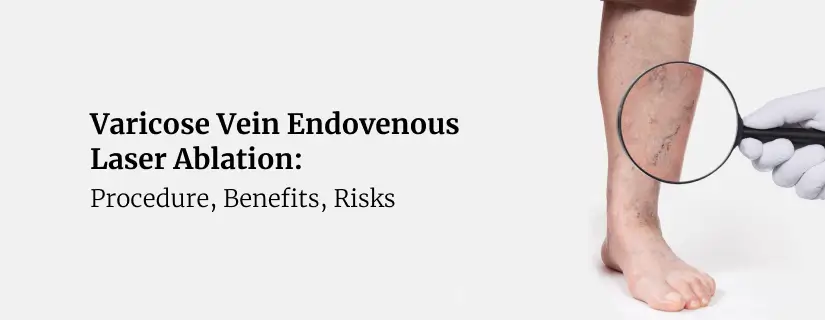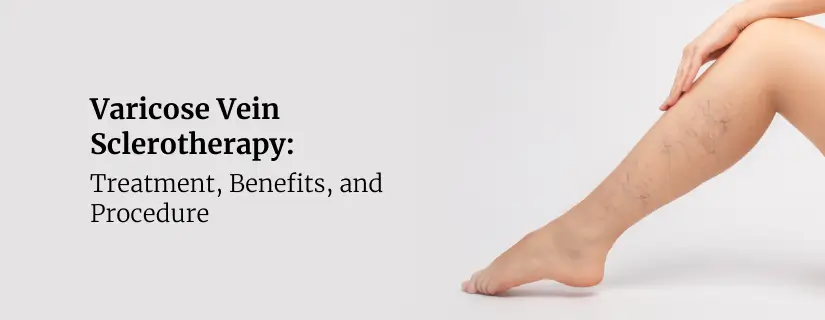-
Doctors
-
Specialities & Treatments
Centre of Excellence
Specialties
Treatments and Procedures
Hospitals & Directions HyderabadCARE Hospitals, Banjara Hills CARE Outpatient Centre, Banjara Hills CARE Hospitals, HITEC City CARE Hospitals, Nampally Gurunanak CARE Hospitals, Musheerabad CARE Hospitals Outpatient Centre, HITEC City CARE Hospitals, Malakpet
HyderabadCARE Hospitals, Banjara Hills CARE Outpatient Centre, Banjara Hills CARE Hospitals, HITEC City CARE Hospitals, Nampally Gurunanak CARE Hospitals, Musheerabad CARE Hospitals Outpatient Centre, HITEC City CARE Hospitals, Malakpet Raipur
Raipur
 Bhubaneswar
Bhubaneswar Visakhapatnam
Visakhapatnam
 Nagpur
Nagpur
 Indore
Indore
 Chh. Sambhajinagar
Chh. SambhajinagarClinics & Medical Centers
Book an AppointmentContact Us
Online Lab Reports
Book an Appointment
Consult Super-Specialist Doctors at CARE Hospitals
Varicose Vein Foam Sclerotherapy: Treatment, Benefits, and Procedure
Updated on 30 April 2025
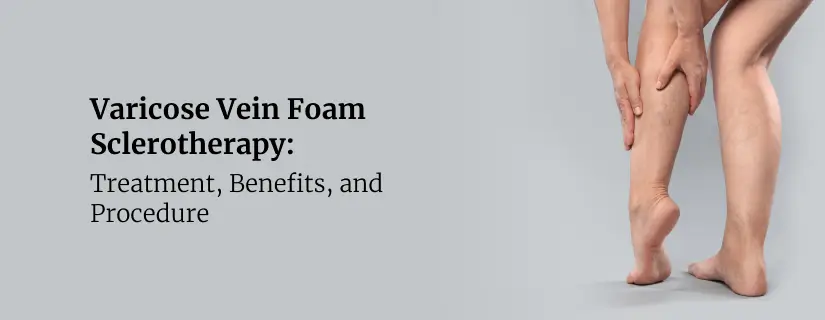
Table of Content
- What is Varithena?
- Who Needs to Have Varithena Treatment?
- When to Consider Varithena?
- Varithena Treatment for Varicose Veins
- Pre-procedure Preparation of Varithena
- During the Procedure of Varithena
- Post-procedure Care of Varithena
- Benefits of Varithena
- Complications and Dangers of Varithena
- Conclusion
- FAQs
Varicose veins affect more than 20% of people in developed countries, making varicose veins foam sclerotherapy (Varithena) an increasingly important treatment option. Traditional treatments often struggle with high recurrence rates, with up to 64% of patients experiencing a return of varicose veins within five years after conventional treatments.
However, Varithena offers a promising solution with its innovative polidocanol injectable foam technology. This comprehensive guide explores everything patients need to know about Varithena treatment, from its basic principles to recovery expectations and potential outcomes.
What is Varithena?
Varithena stands as a prescription medicine designed explicitly for treating varicose veins caused by problems with the great saphenous vein (GSV) system. This innovative treatment consists of a patented injectable foam containing polidocanol combined with a precise mixture of natural gases.
The treatment's uniqueness lies in its specially formulated microfoam technology. Varithena uses a distinctive combination of gases - 65% oxygen and 35% carbon dioxide, with less than 0.8% nitrogen. This low-nitrogen formulation creates countless tiny bubbles that work together to treat damaged veins effectively.
Who Needs to Have Varithena Treatment?
Common symptoms that indicate the need for treatment include:
- Persistent Heaviness: A constant feeling of weight in the legs
- Ongoing Discomfort: Regular aching sensations in affected areas
- Visible Swelling: Noticeable puffiness in legs
- Continuous Throbbing: Pulsating sensations in veins
- Skin Irritation: Persistent itching around varicose veins
However, certain conditions prevent patients from receiving Varithena treatment. Doctors cannot administer the treatment to people with blood vessel clots, arterial disease, polidocanol allergies, or are pregnant.
When to Consider Varithena?
Medical assessment plays a key role in determining the right time for Varithena treatment. Physicians must evaluate several health factors before proceeding with the procedure.
Primarily, the timing of Varithena treatment depends on recent medical events. Patients should wait at least three months after major surgery or extended hospital stays before undergoing the procedure. This waiting period helps ensure optimal treatment outcomes and reduces potential complications.
The assessment process generally includes the evaluation of the following:
- Blood Vessel Health: Presence of arterial disease
- Mobility Status: Current physical movement capabilities
- Medical History: Past blood clots in veins or lungs
- Recent Events: Major surgeries or hospital stays
- Pregnancy Status: Current or recent pregnancy
Varithena Treatment for Varicose Veins
The Varithena procedure stands out as a minimally invasive treatment requiring only 1-2 needle sticks. This gentle microfoam treatment typically takes less than an hour to complete.
Pre-procedure Preparation of Varithena
- The doctor will thoroughly review your clinical history, ongoing medications, and allergies.
- Temporary stopping or adjusting certain medications, such as blood thinners or anti-inflammatory drugs
- Avoid lotions, oils, or moisturisers on the treatment area
- Wear comfortable, loose-fitting clothes
During the Procedure of Varithena
Initially, doctors position patients comfortably on the treatment table. The leg is placed at a 45-degree angle to facilitate optimal access to the affected vein. Subsequently, the treatment site undergoes thorough cleaning, followed by local anaesthetic application to ensure patient comfort.
The procedure begins with ultrasound guidance to locate the precise injection site. A small amount of Varithena microfoam fills the targeted vein section. This specialised foam contains a precise mixture of 65% oxygen and 35% carbon dioxide gases. The microfoam effectively displaces blood and causes the diseased vein to collapse, redirecting blood flow to healthier nearby veins.
Post-procedure Care of Varithena
Following treatment, medical staff monitor patients for at least 10 minutes to check for allergic reactions. Afterwards, compression stockings are applied, which patients must wear for two weeks. For optimal recovery:
- Walk at least 10 minutes daily for one month
- Avoid heavy exercise for the first week
- Resume normal daily activities immediately
- Attend follow-up sessions if recommended
Benefits of Varithena
The versatility of Varithena sets it apart from other treatments:
- Treats both large and small veins effectively
- Works on visible and hidden varicose veins
- Requires no general anaesthesia or sedation
- Eliminates the need for surgical vein stripping
- Avoids multiple numbing injections
Complications and Dangers of Varithena
Common side effects occur in the treated leg area. Most patients experience pain or discomfort in their legs, with 80% of these events resolving within one week. Injection site reactions include bruising, pain, and potential blood clots.
The treatment carries some serious risks that require medical attention:
- Severe allergic reactions, including anaphylaxis
- Blood clots in leg veins
- Tissue damage or necrosis
- Skin discolouration
- Nerve injury
Conclusion
Varithena stands out as a significant advancement in varicose vein treatment, offering patients a minimally invasive solution with proven results. The procedure takes less than an hour, allows quick recovery, and treats both visible and hidden varicose veins effectively. The treatment's ability to address both cosmetic concerns and underlying vein issues makes it an accessible option for those seeking long-term relief from varicose veins.
FAQs
1. What is the recovery time?
Recovery from Varithena treatment spans several phases. Primarily, patients need to wear compression stockings for 14 days at least. The first 48 hours require keeping bandages dry and in place. Soon after, most people notice improvements, with complete results visible within a few months.
2. How long does treatment take?
The entire Varithena procedure typically takes less than an hour to complete. This quick treatment involves just 1-2 needle sticks, making it a time-efficient option for busy individuals.
3. What types of veins can be treated with Varithena?
Varithena effectively treats various vein types in the GSV system. The treatment works on:
- Large and small varicose veins
- Veins above and below the knee
- Tortuous veins of different diameters
- Previously treated veins that have reopened
4. How soon can I get back to normal activities?
Most patients resume normal physical activities the same day as treatment. Meanwhile, there are some temporary restrictions:
- Avoid heavy exercise for one week
- Walk at least 10 minutes daily for a month
- Skip long periods of inactivity
5. Is Varithena effective?
Clinical studies demonstrate substantial effectiveness. Rather impressively, most patients experience improvements in symptoms like heaviness, achiness, swelling, throbbing, and itching after just one treatment. The majority of patients also report noticeable improvements in vein appearance.
6. Is Varithena right for me?
Suitability depends on several health factors. Presently, the treatment might not suit those with:
- Arterial disease
- Recent major surgery within three months
- History of blood clots
- Recent pregnancy
- Reduced mobility
ENQUIRY FORM
SELECT CATEGORIES
-
Neurosciences (16)
-
Neurology (38)
-
Neurosurgery (14)
-
Orthopaedics (48)
-
Oncology (33)
-
Obstetrics and gynecology (52)
-
Pulmonology (23)
-
Urology (20)
-
Nephrology (13)
-
Psychiatry (7)
-
Dietetics and Nutrition (111)
-
General Medicine (63)
-
Cardiac Sciences (32)
-
Vascular & Endovascular Surgery and Interventional Radiology (15)
-
Gastroenterology (46)
-
Endocrinology (23)
-
Plastic Surgery (10)
-
Critical Care Medicine (5)
-
COVID-19 (16)
-
Dermatology (16)
-
Emergency Care (1)
-
Ophthalmology (4)
-
Pediatrics (14)
-
Laparoscopic and Bariatric Surgery (8)
-
ENT (15)
-
Kidney Transplant (1)
-
Liver Transplantation and Hepatobiliary Surgery (5)
-
General Surgery (3)
-
Internal Medicine (5)
-
Medicine Information
Radiofrequency (RF) Ablation Treatment for Varicose Veins: Know More
Venous Malformations: Causes, Symptoms, and Treatment
YOU MAY ALSO LIKE
RECENT BLOGS
-
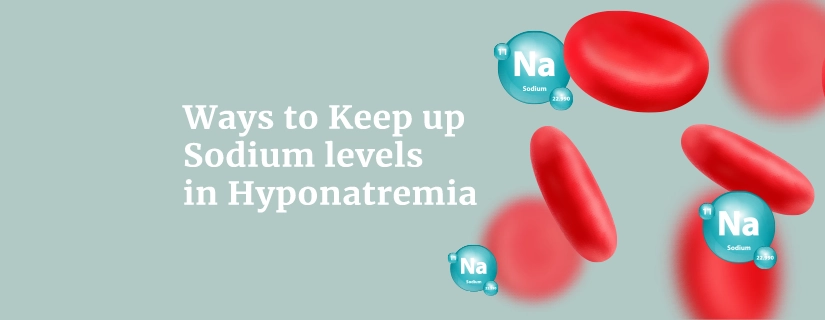
Ways to Keep up Sodium levels in Hyponatremia
11 December 2025
Read More
-

12 Health Benefits of Apple Cider Vinegar
1 December 2025
Read More
-
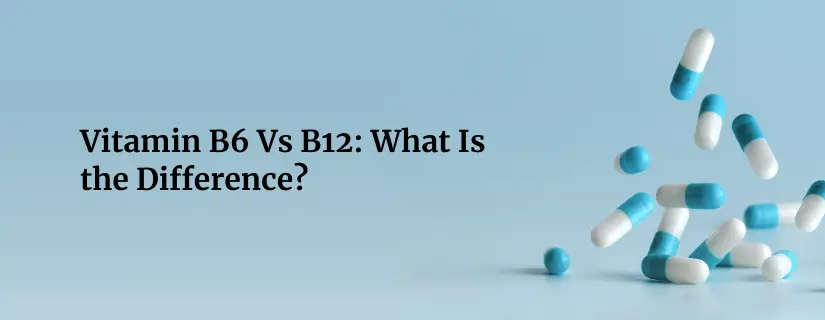
Vitamin B6 Vs B12: What Is the Difference?
1 December 2025
Read More
-
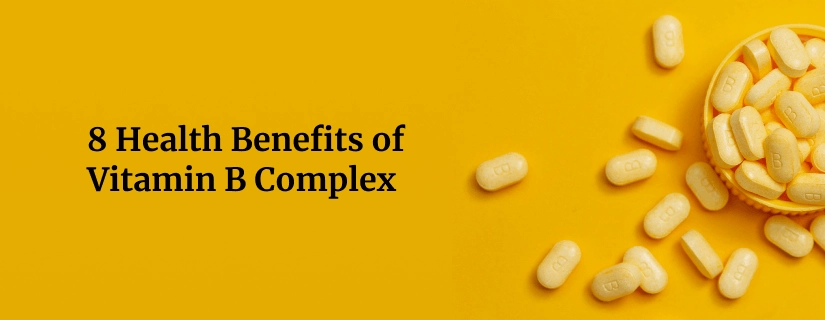
8 Health Benefits of Vitamin B Complex
1 December 2025
Read More
-
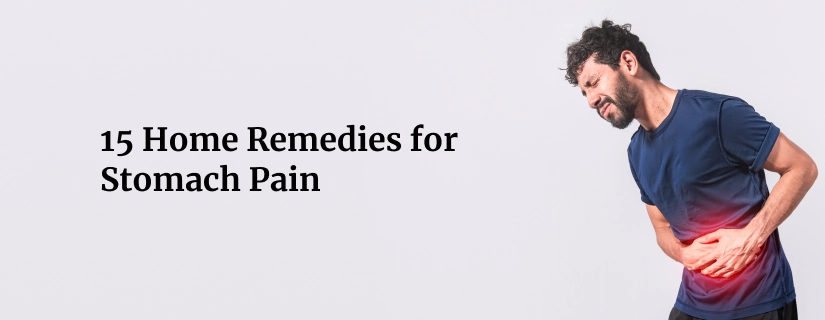
15 Home Remedies for Stomach Pain
1 December 2025
Read More
-
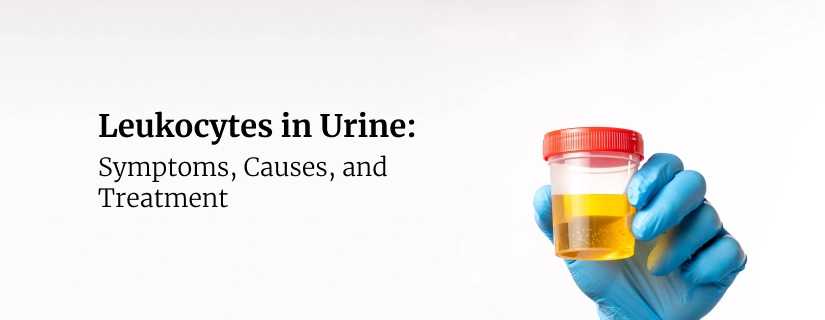
Leukocytes in Urine: Symptoms, Causes, and Treatment
1 December 2025
Read More
-
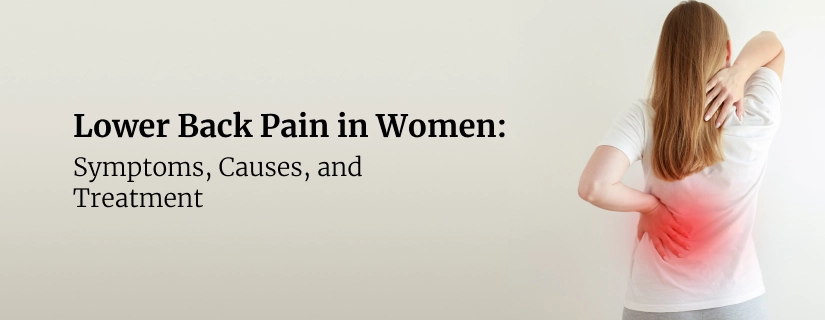
Lower Back Pain in Women: Causes, Symptoms, Treatment and More
1 December 2025
Read More
-
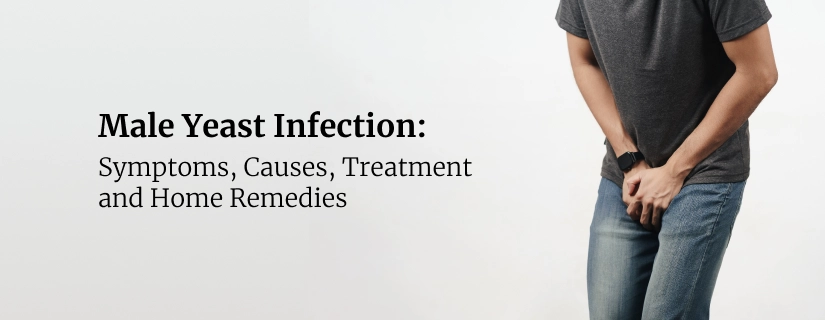
Male Yeast Infection: Symptoms, Causes, Treatment and Home Remedies
1 December 2025
Read More
Have a Question?
If you cannot find answers to your queries, please fill out the enquiry form or call the number below. We will contact you shortly.
